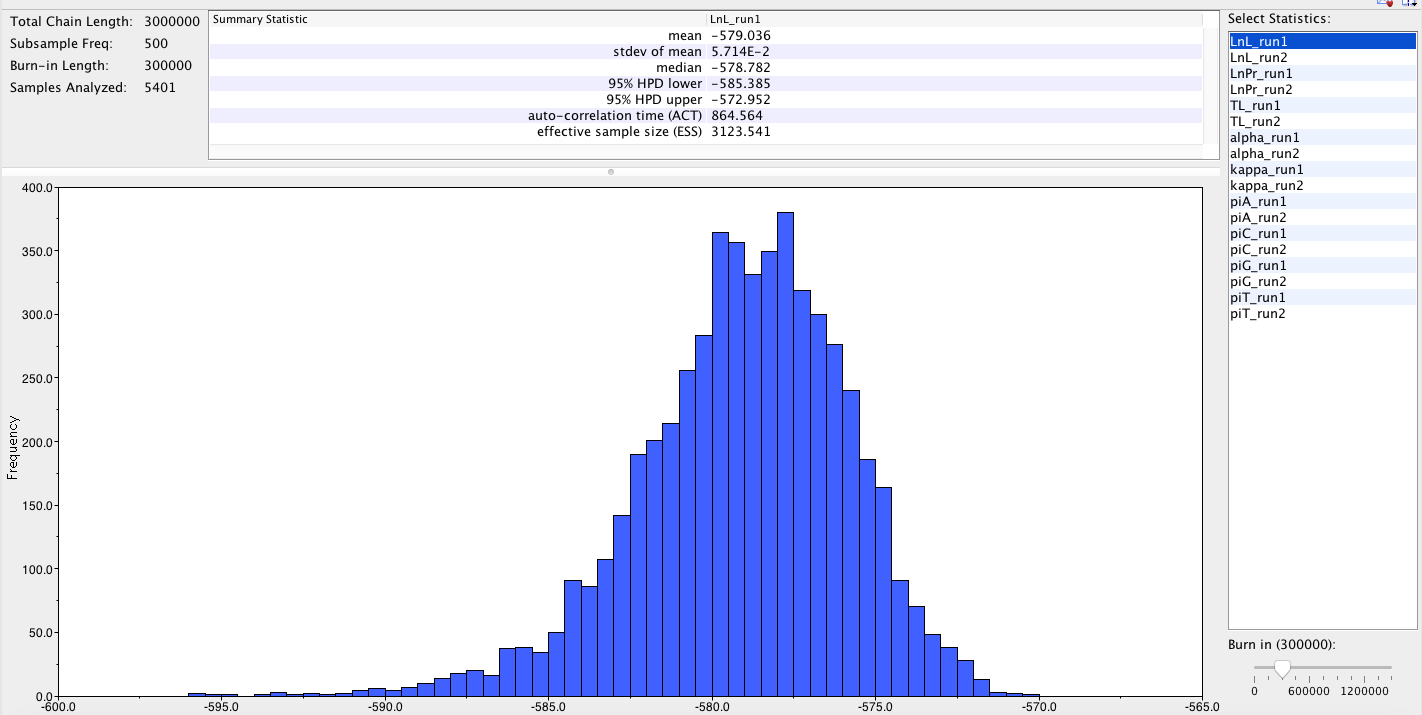11/7/18 Lab Population Genetics project – PCR II
After discussing behavioral ecology in lecture we continued on with our wet lab. This week in lab I worked on setting up a qPCR from dilution (start) to placement into the heat block (finish). I had 5 DNA samples given to me to prepare dilutions for the class. After that everyone was given dilutions of 15 samples to be amplified via PCR. The DNA had to be diluted because PCR is sensitive to large amounts of DNA and therefore works better under lower concentrations. I assisted with making the master mix after placing 1 microliter of my DNA samples into individual PCR tubes. We decided to create enough master mix for 70 samples to ensure we did not run out of master mix between all of our table mates. The Taq was added last to prevent any immature reactions before mixing with the DNA samples. Something different about this PCR was the use of only one primer, not a forward and a reverse.


